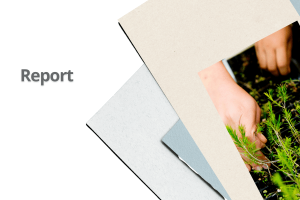Drying timber to produce material for high quality applications is an expensive and time- consuming operation. The drying process consumes approximately 70% of the energy required to convert green logs into dried, value added products.
This study established the viability of commercial volume, vacuum drying for four Australian hardwood species (spotted gum—Corymbia citriodora, blackbutt—Eucalyptus pilularis, messmate—Eucalyptus obliqua and jarrah—Eucalyptus marginata) in terms of drying quality, time and cost; developed an economic model to compare the drying costs of vacuum and conventional drying; and developed a predictive vacuum drying heat and mass transfer deterministic model using fundamental principles. The model’s limitations and sensitivities were investigated and validated against data derived from applied drying trials.
The results show vacuum drying produces material of the same or better quality than is produced by conventional methods in just 41% to 66% of the drying time.
For E. marginata and E. pilularis vacuum drying has greater economic benefits than conventional drying for all kiln sizes, in terms of drying quality, time and economic viability.
For C. citriodora and E. obliqua vacuum drying has greater economic benefits than conventional drying in larger drying operations (kiln capacity 50 m3 or above), but not for smaller operations.
Reference Number:
PNB045-0809

